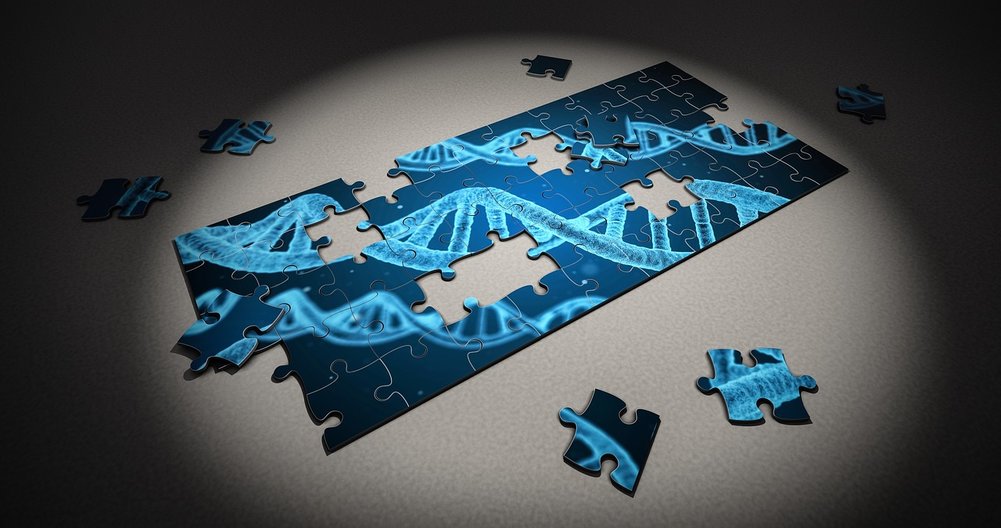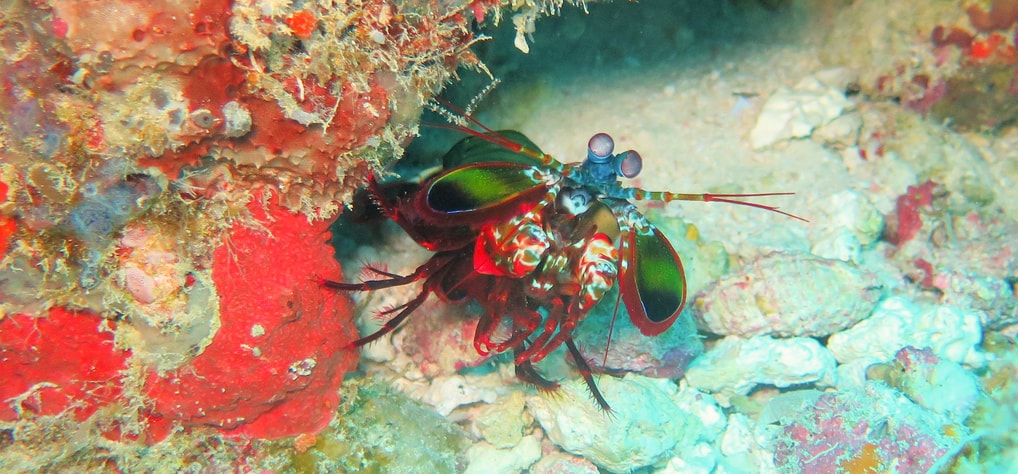Scientists are trying to move beyond conventional model organisms, like fruit flies, zebrafish, yeast, and mice. They started using CRISPR gene-editing technology to craft new model organisms or to study the animals that they are more interested in. The genetic alterations generally take hold but the practical challenges of breeding and maintaining unconventional lab animals persist.
The entomologist Joseph Parker has spent decades collecting and observing rove beetles, some of which live among ants and feed on their larvae. Parker has focused a good part of his research on the model organism Drosophila melanogaster (or the fruit fly) since tools for studying the genetic and brain mechanisms behind the beetles’ behaviour were not yet developed.
CRISPR gene-editing technique has enabled him to study symbiosis in rove beetles (Staphylinidae) in his lab at the California Institute of Technology on another level. By inactivating genes in beetles that live with ants and in those that do not, Parker hopes to identify how the insects’ DNA changed as their way of life diverged.
“We’re designing a model system from scratch,” said Parker for Nature.
CRISPR became popular because of its ability to quickly and cheaply modify the genomes of popular model organisms. Now, scientists are trying out CRISPR technology on more “unusual” species.
“We finally are ready to start expanding what we call a model organism,” said Tessa Montague, a molecular biologist at Columbia University in New York City.
Montague works on the Hawaiian bobtail squid (Euprymna scolopes) and the dwarf cuttlefish (Sepia bandensis), species whose unusual camouflage acts as an outward display of their brain activity. The cephalopods project patterns onto their skin to match their surroundings. Researchers have problems with probing how their brains process stimuli. Embedding electrodes or other sensors into the boneless animals is a big challenge. In 2018, Montague and her colleagues successfully injected CRISPR components into cuttlefish and bobtail-squid embryos for the first time. The next step is to genetically modify the cephalopods’ neurons to light up when they fire.
Daniel Kronauer, a biologist at the Rockefeller University in New York City, is using CRISPR to study the species’ distinctive social behaviours. He has created raider ants (Ooceraea biroi) that cannot smell pheromones. Such genetically modified ants were not able to sustain the hierarchy that a normal raider-ant colony has. His team now uses CRISPR to alter genes and influence raider ants′ behaviour.
Shuji Shigenobu, an evolutionary geneticist at the National Institute for Basic Biology in Okazaki, Japan, researchers a species that threaten human or environmental health, Pea aphid (Acyrthosphion pisum). This insect, which attacks legume crops worldwide, has a very complex life cycle. Female aphids born in summer reproduce asexually, by cloning themselves, whereas those born in autumn lay eggs. Shigenobu’s team has set up an incubator that simulated the cool temperatures and short days of autumn so their aphids would lay eggs that the scientists could inject with CRISPR components.
It took them four years to succeed in editing a pigment gene as a proof of concept, Shigenobu said at a conference in March. His goal is to modify other parts of the aphid’s genome and learn more about how the insects interact with plants. This information could lead to a new generation of pesticides.
Until recently, scientists had little support and money for developing animal models. In 2016, the US National Science Foundation launched a $24-million program to create model organisms. The investment has begun to pay off. Researchers at the University of Georgia in Athens had used CRISPR to create the first genetically modified reptile, the brown anole (Anolis sagrei).
The search for new model organisms has shown, we still know very little about many species’ genomes, life cycles, and habits. All the time, researchers face practical challenges such as determining how to inject CRISPR components into embryos and breed species in the lab.
“The reason classic model systems were chosen was they’re basically pests. Nothing can stop them growing,” Montague said. “But if we take on this challenge of working on new organisms because they have an amazing feature, they’re often not happy to grow under [just] any conditions.”
Therefore, scientists calculate very carefully, if the effort required to study a particular trait is worthy of the potential rewards. Because modifying a genome requires a deep understanding of a species’ behaviour and lifecycle, scientists very often stumble. Most of the potential new model organisms are studied by only a handful of people worldwide.
“People are not choosing these model systems lightly,” said David Stern, a biologist at Janelia.
Stern has experienced all these obstacles first-hand. His team was unsuccessful in breeding one fruit fly species for a longer time. Eventually, they discovered that the insects need an olfactory cue to lay eggs, the smell of a particular chemical made by plants. Regardless of difficulties and uncertainty researchers’ interest in atypical models continues to grow.
“I had this weekly reminder that these molecular tools do work in pretty much every organism on the planet,” Montague said. “It’s such an exciting time to work on any model organism – especially these new and weird creatures.”
Montague and her colleagues have created a tool called CHOPCHOP. It allows them to design a CRISPR system for editing specific genes in any DNA snippet. They already have genetic sequences from more than 200 different species, including plants, fungi, viruses and farm animals. In a few years, the list of model organisms could become much longer.
Learn more about model organisms in the video below:
Find out more about Kronauer’s research in the video below:
By Andreja Gregoric, MSc










